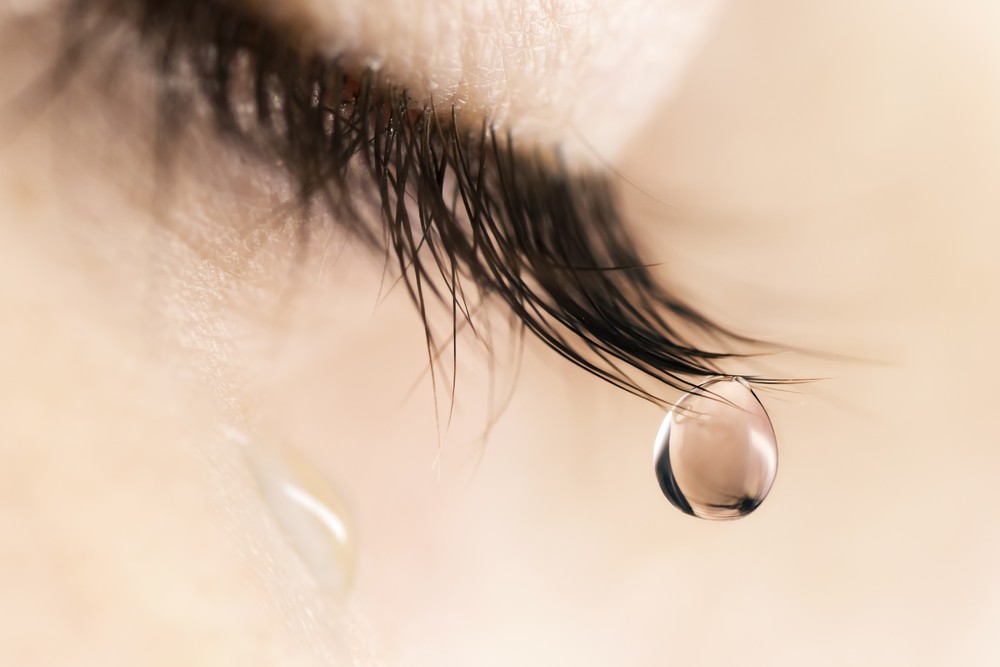Tear-testing may be the future of screening Diabetes
It is necessary for people with diabetes to measure their blood glucose levels frequently to achieve intensive glucose control for avoiding diabetic complications. To detect diabetes, obtaining blood and urine samples for glucose analysis have been the practice. A urine sample is messy and collecting blood sample is not always convenient. However, all currently available methods for blood glucose monitoring, including the finger prick method are invasive. Ongoing study has found a noninvasive glucose monitoring using tear sample.
Peripheral neuropathy is the most common complication of diabetes and affects almost 50 per cent of diabetics. It occurs when chronically high blood sugar damages the nerves connecting the brain and spinal cord to the rest of the body, symptoms such as – pain, numbness, imbalance, weakness, and recurring foot ulcers.
While nerve damage cannot be reversed, early detection can help patients better manage the condition and prevent from further complications.
The study, recently published in The Ocular Surface, is the first to show that peripheral nerve damage – often the earliest sign of the condition, can be traced in tear film.
“What we are proposing with this method is something that will be done quickly, non-invasively, and potentially could be done even by a non-specialist,” says Dr Maria Markoulli, senior author of the study.
For clinical development of tear glucose monitoring as a tool for predicting blood glucose concentrations, researchers recruited 10 non-diabetic and 20 diabetic participants. They observed their daily blood and tear glucose dynamics using samples collected under the standardised method and determined the correlation between the blood and tear glucose concentrations.
The pre-meal blood glucose levels of diabetics were significantly higher than those of non-diabetics and the pre-meal tear glucose levels of diabetic participants had a higher tendency than those of non-diabetics. Later on, the post-meal blood and tear glucose levels of diabetic participants were significantly higher than those of non-diabetic participants.
The blood and tear glucose dynamics showed that the behaviour of the tear glucose concentration paralleled that of the blood glucose concentrations.
In conclusion, tear glucose monitor would be a tool for predicting the blood glucose levels non-invasively for various diabetic patients.









I would like to give you huge thumbs up for the information you have shared with us.
Comments are closed.